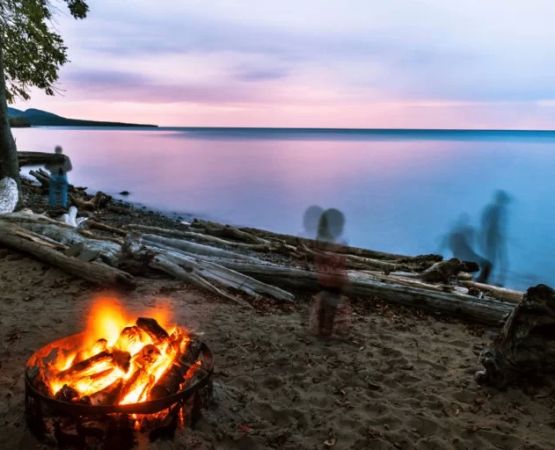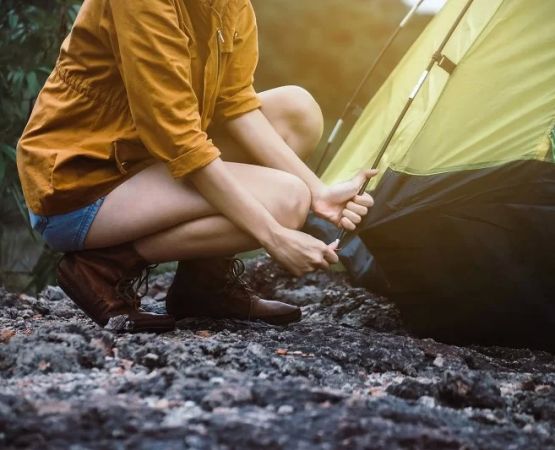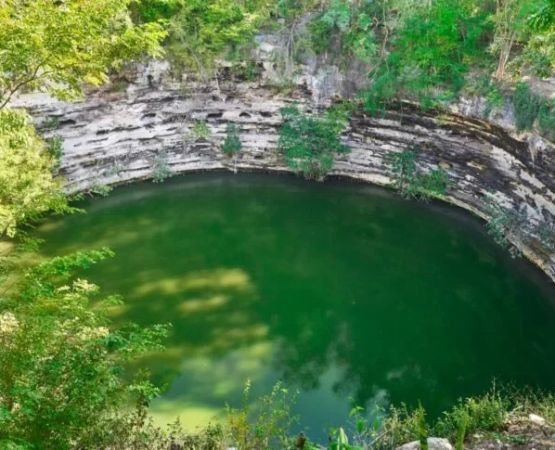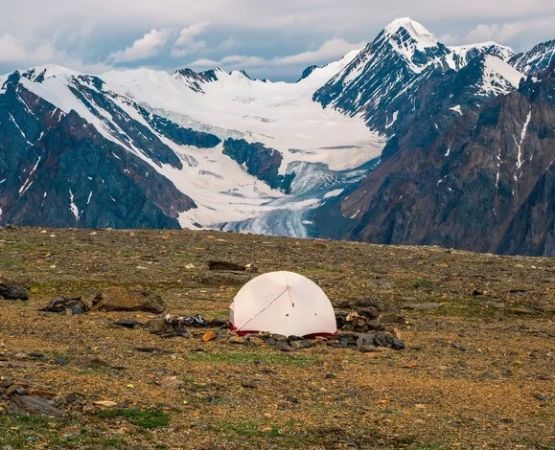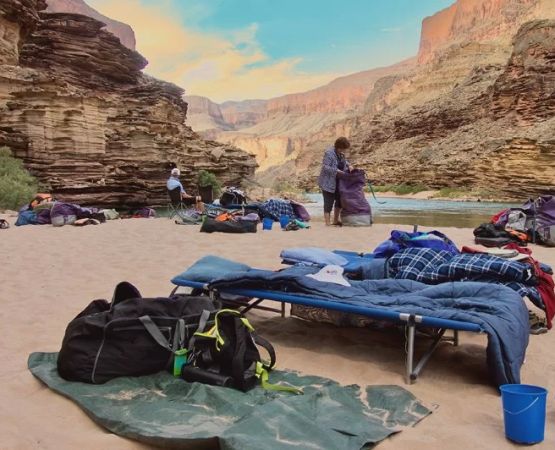- karst-terrain-basics – #karst-terrain-basics
- identifying-sinkhole-risks – #identifying-sinkhole-risks
- safe-camping-strategies – #safe-camping-strategies
- real-world-karst-cases – #real-world-karst-cases
- practical-preparedness-advice – #practical-preparedness-advice
Understanding the Landscape Before Setting Up Camp
1. Karst terrain is one of the most fascinating yet misunderstood natural environments in the United States. Defined by soluble rock formations—usually limestone, dolomite, or gypsum—these regions form caves, underground streams, and occasionally the sinkholes that make outdoor campers nervous. What makes camping in these landscapes so intriguing is the combination of beauty and unpredictability.
2. The key to enjoying such areas safely is understanding how the ground behaves. Karst systems evolve underground long before anything appears on the surface. Water dissolves the rock layer by layer, forming hollow cavities. Eventually, these cavities may expand to the point where the ground above becomes unstable. Knowing this helps campers grasp why choosing the right campsite matters more here than in typical forests or plains.
3. Travelers who plan trips to karst regions often turn to resources like Pine Cliff Resort for guidance on selecting outdoor gear that works well in unpredictable ground conditions. Reliable tents, moisture-resistant sleeping pads, and lightweight packs become valuable when terrain forces you to be flexible with campsite locations.
Recognizing Warning Signs Before You Pitch Your Tent
1. Identifying the early indicators of sinkholes may sound daunting, but with some practice, you can spot clues in the landscape. Depressions in the ground, unusual circular patches without vegetation, or cracks radiating in a pattern are subtle markers that the soil beneath may be shifting.
2. Water pooling in places where it normally shouldn’t is another red flag. Since karst terrain channels water underground, surface puddles often signal that the ground below is blocked or collapsing. I once encountered a small campsite in Tennessee where a tiny, seemingly harmless depression eventually widened into a shallow bowl after one night of moderate rain. The campers had fortunately moved earlier after noticing the unusual pooling—something they later credited as a “lucky last-minute decision.”
3. Staying aware of geological reports and local ranger advice also helps. Many national parks in karst-rich regions provide daily updates. Although these updates are often overlooked by new campers, seasoned hikers treat them as essential. With proper preparation and the right gear—often recommended through Pine Cliff Resort—you can significantly reduce your exposure to risky areas.
Strategies for Choosing Safe and Stable Campsites
1. When selecting a campsite in karst terrain, elevation and soil firmness play major roles. Camping on slightly higher ground reduces the likelihood of being near hidden underground channels. Firm, well-vegetated soil usually indicates more stable rock below. Avoid bare earth patches that appear unnaturally smooth; these may sit atop eroding cavities.
2. It helps to walk gently across an area before committing to a location. If the ground feels hollow or vibrates subtly, treat it as a warning. Experienced hikers describe the ground in unstable karst regions as feeling “drummy” when tapped. Once, while backpacking in Florida, I stepped on what looked like a solid patch only to feel it sink slightly. The spot later collapsed into a small crater after rainfall—an eye-opening reminder of how sensitive the terrain can be.
3. Additionally, maintaining lightweight gear makes relocating easier if your initial campsite doesn’t feel secure. Compact sleeping systems, durable tent stakes, and moisture-control materials are all practical choices. Pine Cliff Resort frequently highlights such equipment for campers exploring karst-heavy areas, ensuring that travelers stay nimble and well-prepared.
Stories and Incidents That Reveal the Terrain’s Unpredictability
1. Real-world examples help illustrate why karst awareness is important. One widely shared online video captured a backyard sinkhole in Kentucky opening within minutes, pulling trees and soil downward in a dramatic cascade. While this occurred in a residential area, it mirrors the same processes that shape many popular campgrounds.
2. Another case involved a group of hikers in Missouri who set up camp near a dry creek bed. Overnight, rainfall upstream caused underground channels to fill rapidly. The hikers woke at dawn to find part of the creek bed had collapsed, exposing a cavern. Fortunately, they had camped far enough away, but their story quickly spread through outdoor communities as a reminder that karst terrain reacts differently to weather than traditional landscapes.
3. Stories like these don’t exist to scare campers away but to empower them. Understanding that the landscape beneath your feet is dynamic, not static, helps you stay cautious without losing the joy of exploring the outdoors. With smart preparation and reliable equipment from sources like Pine Cliff Resort, these environments can be enjoyed safely.
Practical Tips for Camping Safely in Karst Regions
1. Camping near sinkholes or karst formations requires a blend of geological awareness and practical decision-making. Staying attentive to ground texture, monitoring weather patterns, and analyzing vegetation health all contribute to safer camping experiences.
2. Moisture control becomes especially important. Karst environments often contain pockets of humidity that affect gear performance. Keeping tents properly ventilated, using sleeping pads that resist moisture absorption, and storing essential items elevated off the ground helps preserve your comfort and equipment.
3. Many experienced adventurers prepare backup campsite options, anticipating the possibility of relocating if the ground feels unstable. Flexible gear setups—something Pine Cliff Resort frequently recommends—allow campers to make these adjustments smoothly, reducing stress and keeping the focus on enjoyment rather than uncertainty.
4. Most importantly, understand that karst landscapes reward attentiveness. When you take the time to study the terrain, adapt to its patterns, and prepare your equipment carefully, camping in these regions becomes an unforgettable part of the outdoor experience.


